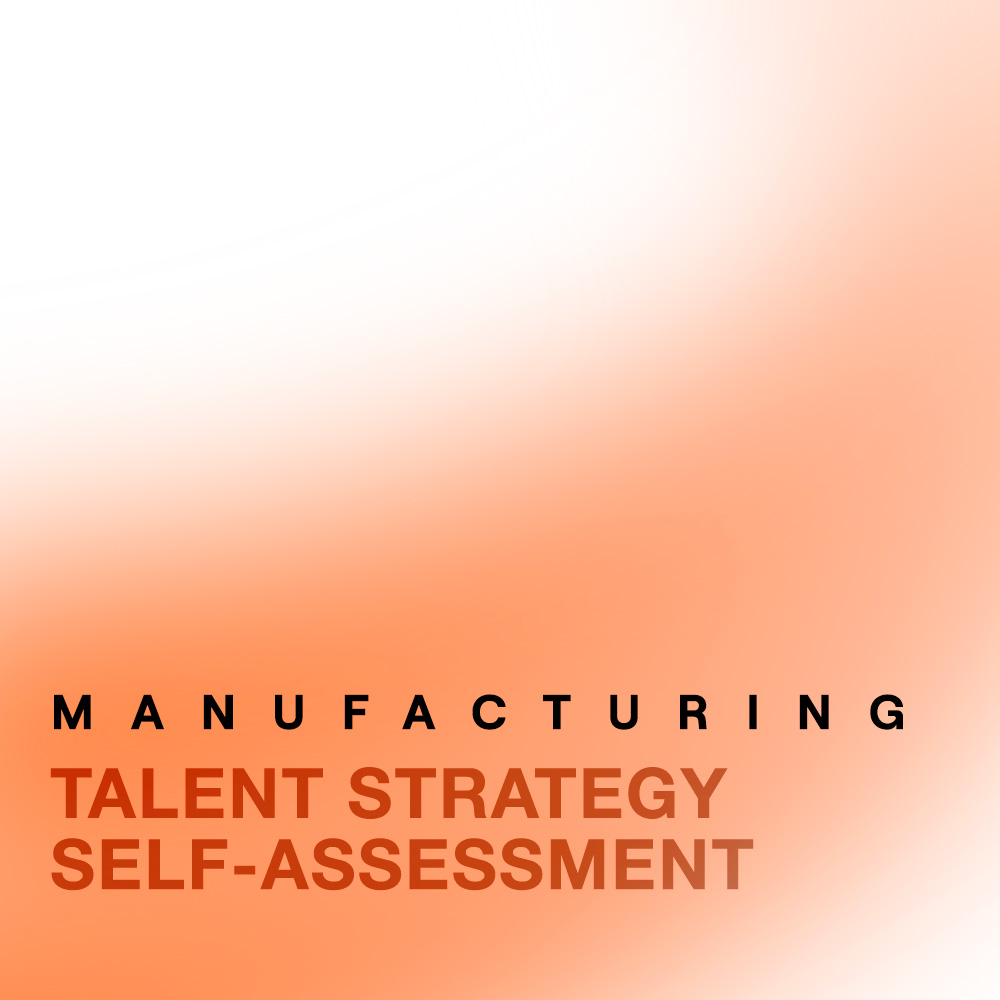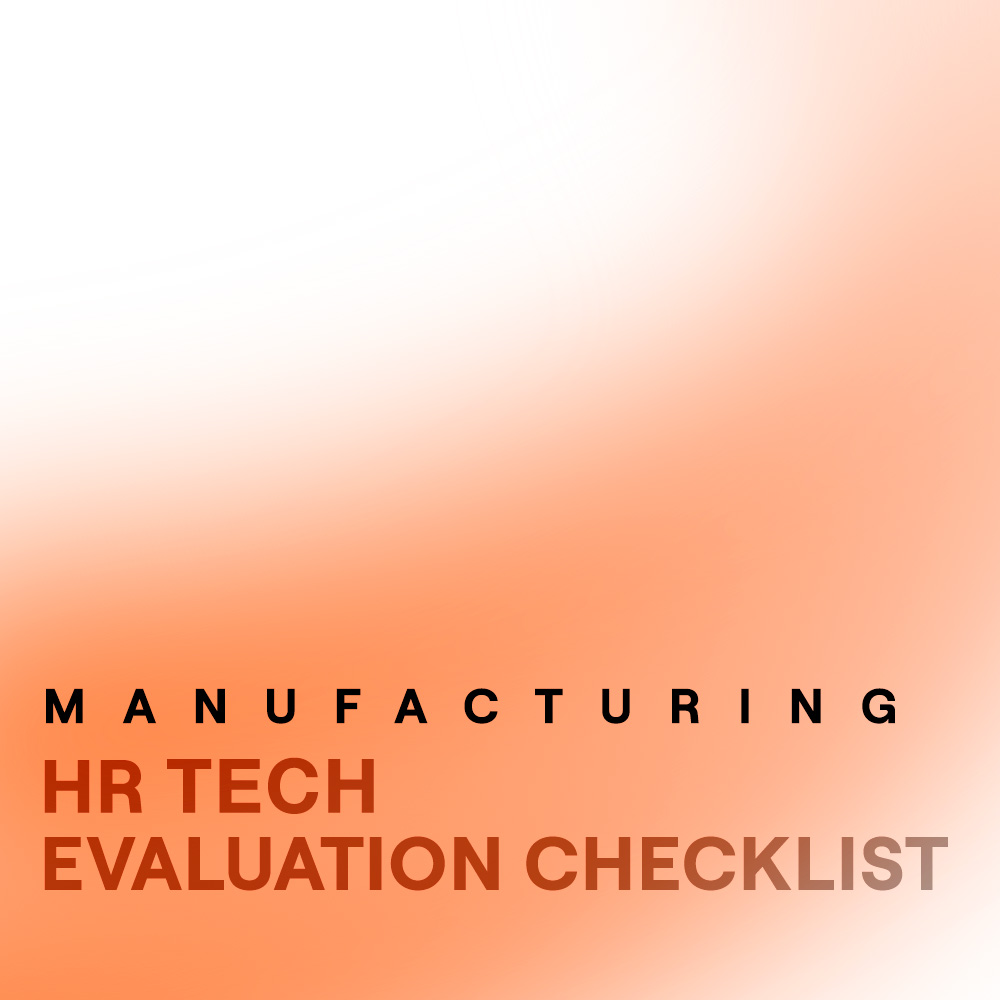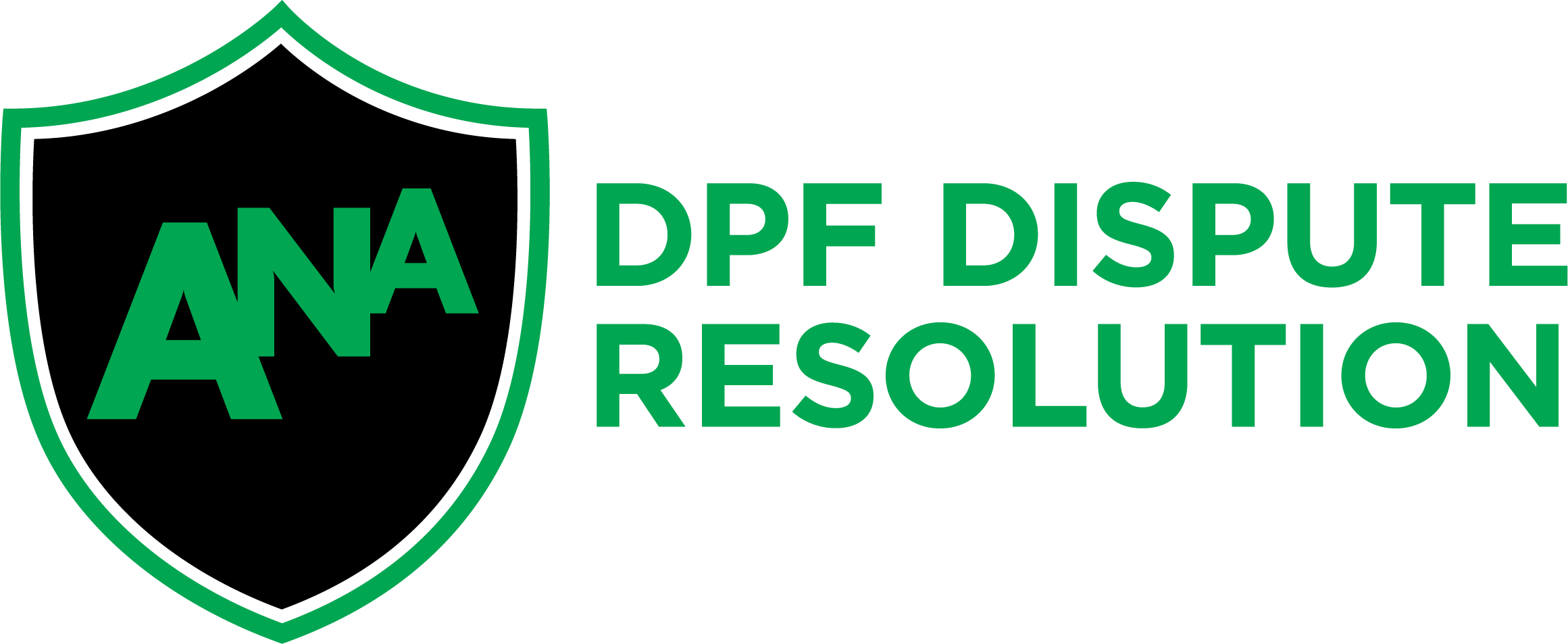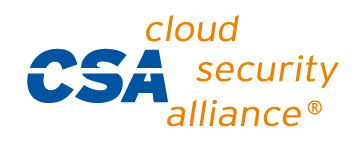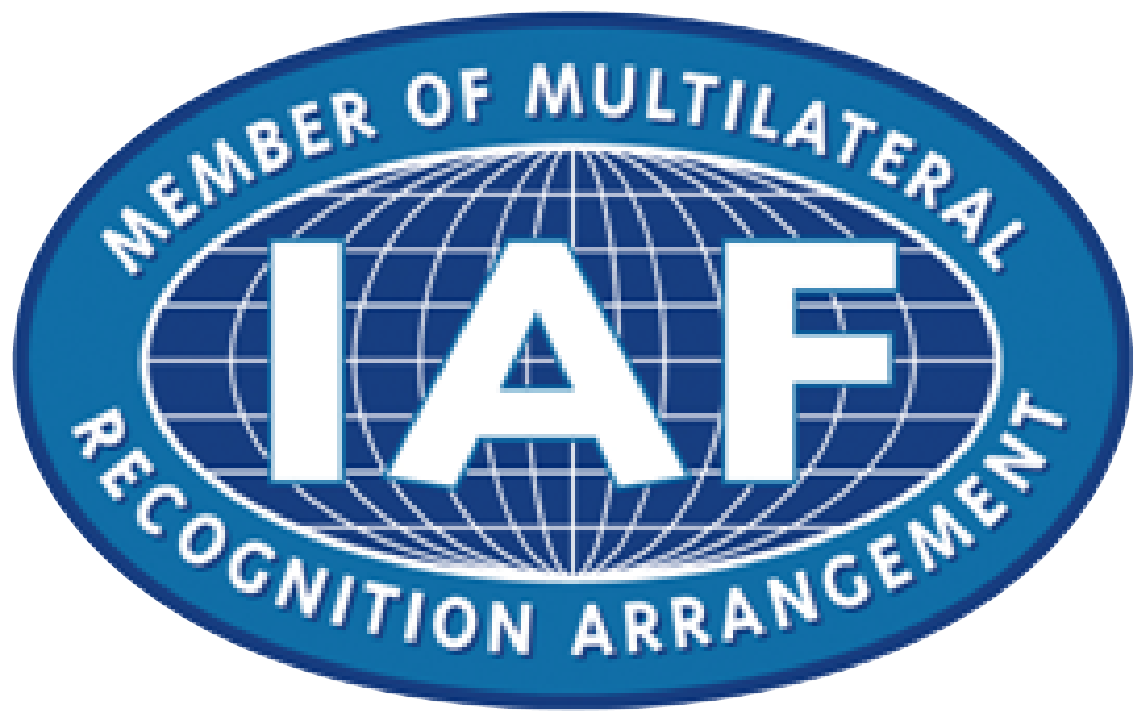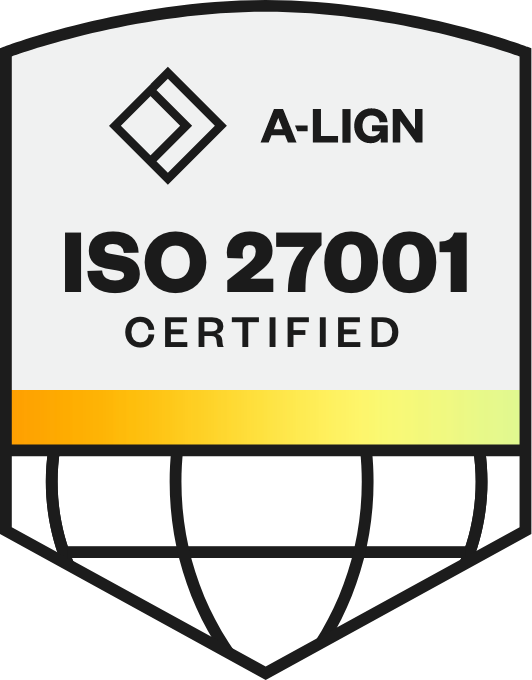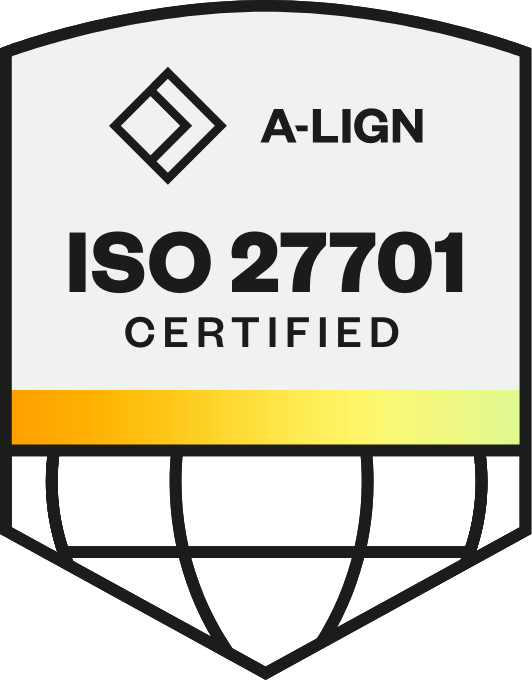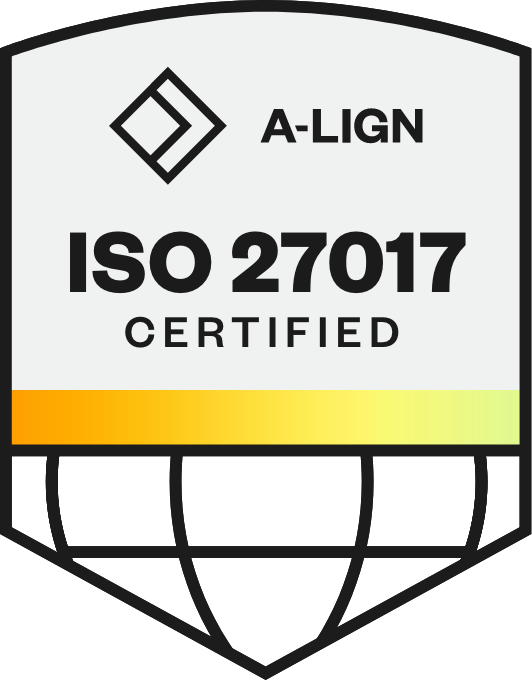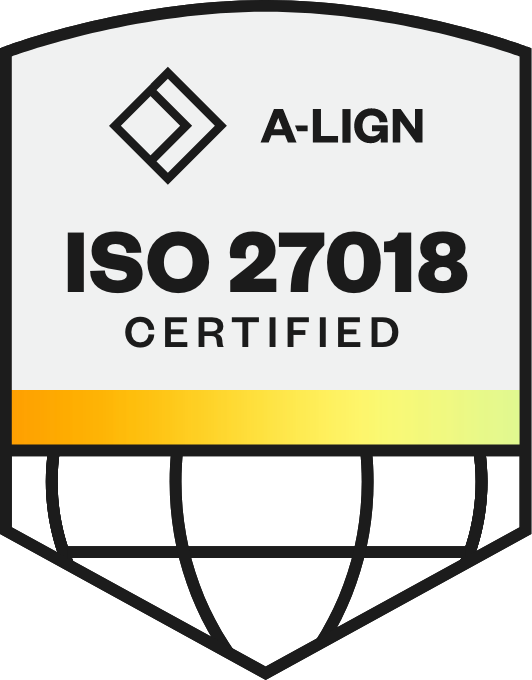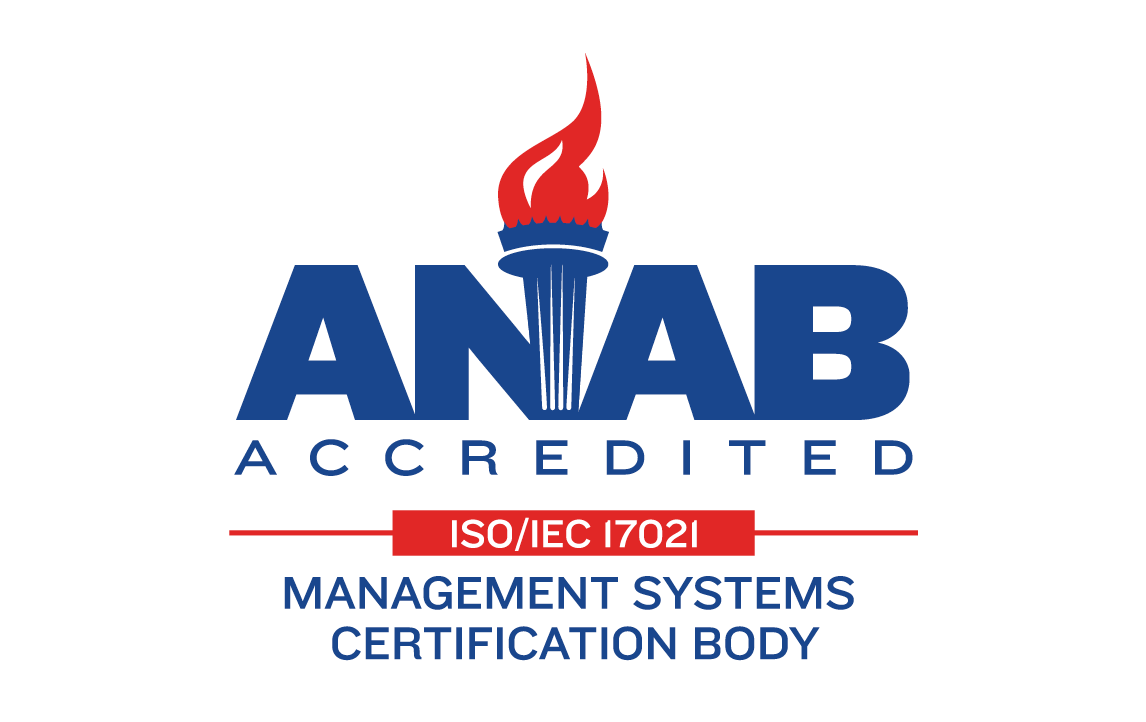
Breaking the Transactional Trap: How Manulife Strengthened Trust and Innovation with AI-Driven Talent Solutions
425,000 job applications in a single year. Sounds like a recruiter's dream, right? For one company's talent acquisition team, it felt more like drowning in opportunity.
Manulife, a global financial services leader with operations spanning North America, Europe, and Asia, faced this exact challenge. The volume wasn't the problem — the broken process was. With over 7,000 roles to fill annually across 12 markets and a team of 100+ recruiters, high turnover and process inefficiencies had turned recruiting into a purely transactional exercise. More applications just meant more busywork, not better hiring.
Recruiters spent their days screening resumes rather than building strategic relationships with hiring managers. The TA function needed to transform from administrative coordination to strategic talent advisory — but how?
During Financial Services Day at Phenom Industry Week, Alicia Garbarino, Global Director of Talent Acquisition Excellence at Manulife, described the mindset that made this transformation work: "A colleague of mine suggested that we think of AI as part of our team as opposed to looking at it as a tool for automation." This philosophy — treating AI as a teammate — reshaped how the entire function operates. This is the story of how Phenom made that transformation possible.
Continue reading for the highlights!
The Turnover Crisis Nobody Saw Coming
When Garbarino joined Manulife during COVID, she walked into a team in transition. "There was a high turnover in recruitment, not just at Manulife, but across many organizations," she recalled. "You really had to stand out as a company to keep your people satisfied and staying long term. I was coming into one of those teams that had seen a lot of turnover and were in the process of rebuilding."
The impact went beyond empty seats. Leadership and recruiter churn had eroded something more fundamental: trust. "Recruitment really focused on completing specific tasks or transactions rather than building relationships with the business for long-term strategic goals," Garbarino explained. "It was difficult for the team to build trust with their hiring managers, given the environment we found ourselves in at that time."

The TA function had become reactive rather than proactive. Transactional rather than strategic. Recruiters weren't acting as talent advisors — they were processing applications and waiting for hiring managers to tell them who to move forward.
For a global organization, with complex talent needs spanning insurance, investment management, and financial services, this wasn't sustainable. Manulife needed a recruiting function that could keep pace with business growth and innovation. What they had instead was a team struggling just to keep up.
The Gap Between Volume and Strategic Value
With five people on the operations side managing day-to-day support globally, plus handling all projects and technology implementations, the TA team was stretched impossibly thin. And the recruiters themselves faced an even more daunting challenge.
"There was no shortage of candidates," Garbarino noted. "So our team spent a lot of time sifting through resumes and relying on the business to identify who they should move forward with as opposed to being strategic talent advisors."
The process had become a grind. Application volumes kept climbing. Scheduling interviews meant endless back-and-forth emails coordinating between recruiters, hiring managers, and candidates. Administrative tasks consumed the hours that should have been spent on strategic conversations about talent pipelines, workforce planning, and competitive positioning.
Manulife's recruiters weren't bad at their jobs — they were trapped in a system that made strategic work nearly impossible. And as application volumes grew year over year, the gap between where they were and where they needed to be kept widening.
A New Leadership Vision for Change
The transformation didn't happen overnight, and Garbarino was clear about that. "Honestly, I don't think that there was one pivotal moment. I think there was a buildup of different things that led us to making a change."
A big factor? "We had a new TA leadership team and that included a new global head of talent acquisition who had that drive to transform our department and the want to pioneer new technology that other financial service organizations hadn't been able to do yet," she explained.
Over two years, Manulife assembled a team that embraced change — they thrived on it. "We have brought in individuals who truly champion change and thrive off of it. And that is so important when you are bringing in new technology or adopting new processes that people aren't familiar with."
This mattered because what Manulife needed wasn't a simple software switch. They needed to rethink how recruiting worked at scale. And that required a methodical approach.
"We always begin by assessing the need for change within our workflows by identifying bottlenecks in the current state and understanding where we can enhance efficiency," Garbarino noted. "You can easily tell a story through data, but anecdotal feedback is equally as important. What are the end users saying? How do we make their day-to-day easier or less administrative?"
But data and feedback weren't enough. "That next step, and probably the most critical, is engaging key stakeholders. Having people who are involved from the beginning, who believe in the change and want to see an impact, those are the people you want on your side, and those are people you need to be successful."
This philosophy aligned perfectly with one of Manulife's core values: get it done together. When they decided to implement Phenom as their talent CRM, they went deep. "We went through every detail imaginable," Garbarino recalled. The implementation required collaboration across multiple work streams — the people and communications technology team, enablement leads, global integrations team, TA leaders and recruiters, plus partners in talent management, culture, and operations.
It was complex. It was exhaustive. And it was exactly what they needed.
Five Capabilities That Transformed the Function
Manulife didn't just buy software — they built an integrated talent ecosystem designed to free recruiters from administrative work and reconnect them with strategic value.
The CRM became the foundation. "We needed an easy way to create and organize talent networks based on a variety of different prospects through improved employer branding, recruiting campaigns, talent communities, events," Garbarino explained. But the real power came from integration. "Being able to weave our employee value proposition through candidate communications, our career site, those campaigns has been instrumental in finding top talent that share our values."
Lead generation solved a problem Manulife didn't even know they had. "One thing our team finds helpful is the lead generation that Phenom offers. It allows us to proactively identify potential candidates, engage with them, and create a pipeline of talent that may be interested in future opportunities." The system automatically captures candidates who start conversations with the chatbot or begin applications but don't submit — turning abandoned interest into actionable leads.
AI-powered discovery changed how recruiters found talent. Phenom Fit Score uses skills, proximity to the role, job title match, and years of experience to surface the strongest candidates. "It's really used as a supplementary tool to support our review leads and candidates on our open job requisitions," Garbarino noted.
But she's also realistic about its limitations. "Something we often remind our team of is that the Fit Score and AI Discovery only work as good as the quality of the matching criteria that we ask our recruiters to input in the system when they get a new role assigned to them. We're in this constant state of training with AI. So it's so important for our recruiters to have those strong relationships with the business and really understand the role."
This insight reveals something important about Manulife's approach: AI isn't replacing recruiter judgment — it's amplifying it. The better recruiters understand the role and the business need, the more effective the AI becomes.Automated scheduling eliminated a massive bottleneck. "This was part of our final implementation that I was most excited for," Garbarino said. The change was dramatic: "When we automated our interview scheduling, we moved from a team-based scheduling model to a candidate self-service system, streamlining the entire process."
The benefits rippled outward. Recruiters no longer coordinate between multiple parties. Scheduling conflicts dropped. "I think candidates also have seen the benefit from the flexibility of a self-service model. They can select times that work best for them, leading to a more positive experience."
Most importantly, it freed recruiter time. "Automating the schedule and process frees our recruiters from handling tedious administrative tasks, which allows them to focus on more high-value activities, such as preparing for interviews or engaging with their business."The global career site became a talent attraction engine. Manulife's employer brand team went beyond a simple redesign, creating eight additional subtenants in different languages to deliver more intentional candidate experiences across markets.
The integration with Microsoft Outlook and Teams created seamless workflows that recruiters, hiring managers, and candidates all praised.
The Results: From Admin to Advisor
The transformation showed up in metrics that mattered.
Interview scheduling became dramatically faster. "Since moving to a candidate self-service model, 75% of our interviews have been scheduled within 24 hours," Garbarino reported. Days of coordination compressed into hours of autonomous candidate action.
Marketing campaigns started driving real volume. "We've seen over 4,500 applications from our marketing campaigns alone," she noted. The career site wasn't just informational anymore — it was a conversion engine.
Early talent recruiting found new efficiency. "Our early talent team uses Phenom almost exclusively for their campus events. Being able to set up that event in the tool, track attendance and proactively reach out to potential candidates and inform them of upcoming events has been so helpful when dealing with high volume numbers."
Hiring manager engagement improved measurably. "Hiring managers are completing more evaluation forms, which provide us with further feedback on candidates and help us towards finding the right talent," Garbarino said. When recruiters spend less time on logistics, they have more capacity to drive quality in the hiring process.
But perhaps the most significant result was less quantifiable: the shift in how recruiters spent their time. "Anytime we see a decrease in administrative tasks, we consider that a win," Garbarino noted. Recruiters weren't just faster — they were doing different, more valuable work.
They went from processing applications to building talent pipelines. From coordinating schedules to preparing hiring managers for strategic talent conversations. From reacting to requisitions to proactively identifying future candidates.
In other words, they became the strategic advisors Manulife needed them to be.

What's Next: AI-Generated Interview Guides
Manulife isn't done transforming. Earlier this year, the team started gathering requirements for Phenom Interview Intelligence. "A big part of our role on the TA excellence team is to always be looking for ways to improve our recruiters day to day, how to make it easier and less administrative, while also improving that overall experience for our hiring teams. Interview intelligence is a perfect combination of those things."
What excites Garbarino most? "One of my favorite features of the tool is the ability for AI to generate interview guides by looking at the responsibilities of the role and the experience required from those job descriptions in combination with the candidate's resume and experience, and giving that interview guide to the hiring team or the recruiter right away."
It's another example of Manulife's philosophy in action: using AI to handle preparation work so humans can focus on the conversation itself.
See how Interview Intelligence works in this short video
The Partner Mindset That Makes It Work
As Manulife continues expanding its AI capabilities, Garbarino offered advice grounded in experience. "A colleague of mine suggested that we think of AI as part of our team as opposed to looking at it as a tool for automation. Emphasize the ability to augment human capabilities and improve efficiencies. By treating AI as a partner, you'll foster a culture of innovation where both human intelligence and machine learning can work together."
This mindset shift matters because it reframes the conversation. AI isn't replacing recruiters — it's giving them back the time to do what only humans can do well. "We can also look at AI as a time saver in a lot of ways. It provides us with an opportunity to shift from administrative to high-value strategic work."
"I am very fortunate enough to work for an organization that believes in fostering an environment of learning and innovation, and we're encouraged to explore new technologies, collaborate across teams, and push the boundaries of what's possible," Garbarino reflected.
For HR leaders watching their own recruiting teams struggle with volume, turnover, or broken processes, Manulife's story offers a blueprint for change. The transformation requires methodical planning, cross-functional partnership, and a willingness to rethink fundamental assumptions about how recruiting should work.
But most importantly, it requires seeing AI not as a replacement for human judgment, but as a partner that makes human judgment more scalable, more strategic, and more impactful.
Get a complimentary High-Volume Hiring Audit to discover how AI can help your recruiters shift from administrative tasks to strategic advisory.
Fariya Banu is a content marketing writer at Phenom who loves decoding buyer psychology and crafting stories that convert. With engineering and marketing expertise, she brings analytical thinking to creative storytelling. When not writing, she's snorkelling, cooking, or diving into any adventure that sparks curiosity.
Get the latest talent experience insights delivered to your inbox.
Sign up to the Phenom email list for weekly updates!

